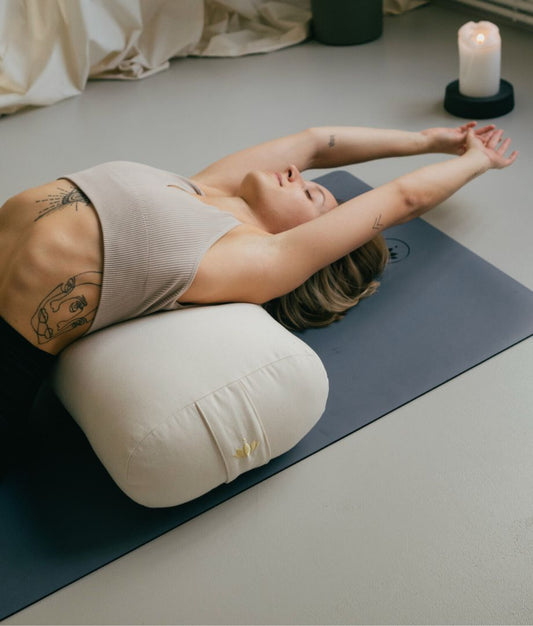
Set-Offers
Save when you buy a set
Shopping cart
Your shopping basket is empty
Yoga
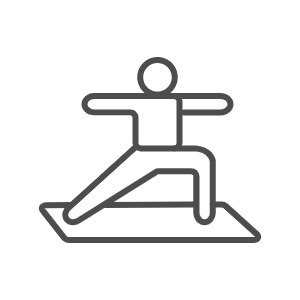
Meditation
Bundles
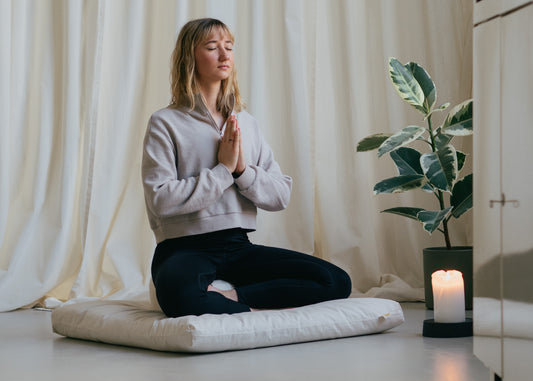
| Meditation
" When one enters stillness through deep meditation, the whole outer world recedes and difficulties diminish. One enjoys supreme peace'' - Swami Sivananda

… to find the highest, inner peace – that is what many people are striving for today and have been since then. When the outer world becomes too loud and we no longer perceive our inner voice, seem to be separated from our essence, we long for rest, stillness, peace and contemplation. When it rages and storms around us, we wish to be the center of the storm, which is at rest and remains completely windless and untouched.
The idea may sound very peaceful, but how do we get to this magical inner place of peace and complete relaxation within our fast-paced everyday life? You carry your personal place of power within you at all times; it is simply buried under stress, pressure, physical complaints, mental and emotional strain and a mind that is constantly causing unrest. Don't worry, there are some practices that will help you bring this treasure out of yourself so that you can access it whenever you feel like it: yoga and meditation.
The actual essence of the yoga practice, which includes the practice of asanas, pranayama and purification exercises etc., is that one brings body and mind into harmony so that one can then sink into deep and long-lasting meditation.
As you can see, the path to meditation already begins when you stand on your mat for the first time, breathe in and out and go into your first asana.
In the following blog article you will find a few examples, instructions and suggestions for meditation and meditation techniques to let go and relax.
regularity in place and time
Try to incorporate yoga and meditation into your life as regularly as possible. Make it a habit because it is difficult to concentrate the mind if it wants to jump around and create activity (= restlessness) as soon as you enter meditation. Give your mind a new stimulus with regular practice and it will settle more quickly when the time and place become a habit. Try to have your own space for meditation or delimit a part of the space and use this space exclusively for meditation, which is free from other vibrations and associations and serves as your oasis of calm.
The best (and most beautiful) times are the early morning hours, still shrouded in silence, and the magical twilight, when the atmosphere is charged with special spiritual powers. The best time is said to be brahma - muhurta , the hours between 4 and 6 am. In those quiet hours after sleep, the mind is clear and our brains are receptive and sensitive (!). The time after awakening can be used with awareness to influence one's own physical and mental well-being. In the state after waking up, the mind is still fresh and clear and can be easily shaped. Our brain is in the transition phases to sleep or to gently waking up in a so-called alpha frequency, which oscillates between 8 and 12 Hz. In this state, the person is awake, ie shortly after waking up, but at the same time very relaxed, ie the mind is open and receptive to stimuli that affect the brain waves and find their way into the subconscious.
If you are not able to meditate that early in the morning or at dusk, then you can, for example, download some guided meditations, relaxation music, healing chants, nature sounds or mantras onto your mobile phone or MP3 player and listen to them right after waking up. Stretch and loll in your still warm bed, take a few conscious breaths and listen to a fantasy journey or the healing sounds of singing bowls.
Important: put your cell phone away! You alone have influence on which mindset you start your day with and what things you feed your mind, your brain and your well-being.
Of course, you can still add a real meditation in the morning afterwards. Here is another article with tips for your mindful morning routine
Sit in a comfortable and firm position with your spine erect and ideally sit cross-legged – the lotus position can be practiced here for advanced users. Your arms are relaxed and your hands rest on your thighs with your palms either up, down, or in a mudra.
(Adjust your sitting position in a way that feels good for you, ie if you have knee problems, for example, you can pad your legs with additional pillows – anything goes!)
Place a candle in front of you about a meter away, slightly below eye level. Look into the flame without blinking and stay relaxed. Perceive the essence of fire and light. What feelings does it arouse in you? If after a while your eyes start to sting or you feel uncomfortable, close your eyes and just observe what is happening in your mind's eye. Accept what is now without any expectations. When you see other, new thoughts, open your eyes again and look into the candle flame. Mentally put your tension there, your worries, your stress, everything you feel weighing on you. Give it to this little transformation fire and let it burn. Take in the essence of fire and bring the light to the individual parts of the body. Go with awareness to your feet and legs, moving on to your abdomen to the heart area, back, shoulders and head. Allow the warm, golden light to completely illuminate you from within and fill you with warmth and security. Repeat this a few times in a row until you feel a sense of lightness, calm and serenity.
Tratak is one of the 6 Shatkriyas (cleansing exercises) and is also used in Ayurveda.
Just try out the meditation techniques and feel which one has relaxed your mind the most.
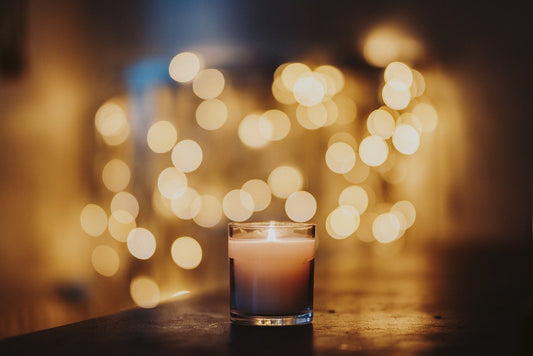
Another exciting year is drawing to a close. A year that we all imagined differently and in which most of us were confronted with a wide variety of...
Continue reading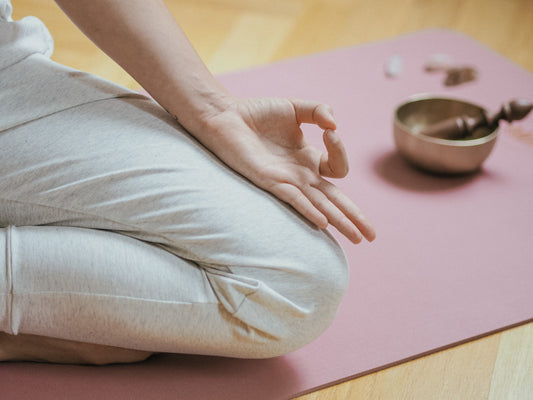
What is a mudra? If you look at the origins of mudras, you come across religion and dance – both of which are increasingly being examined by ...
Continue reading
There are no comments yet. Be the first to leave a comment!